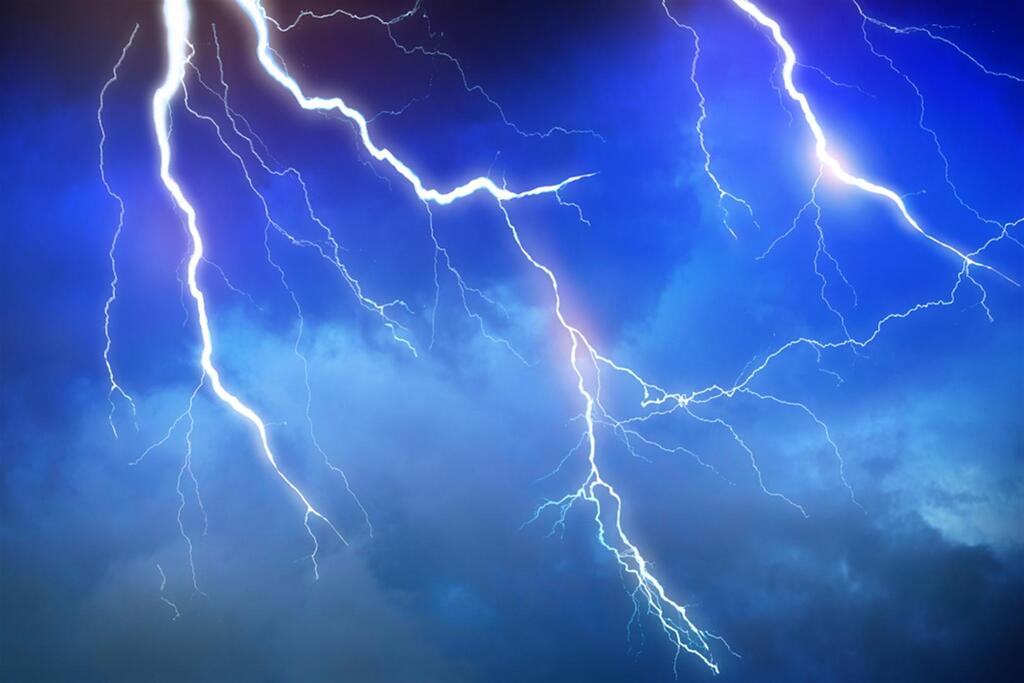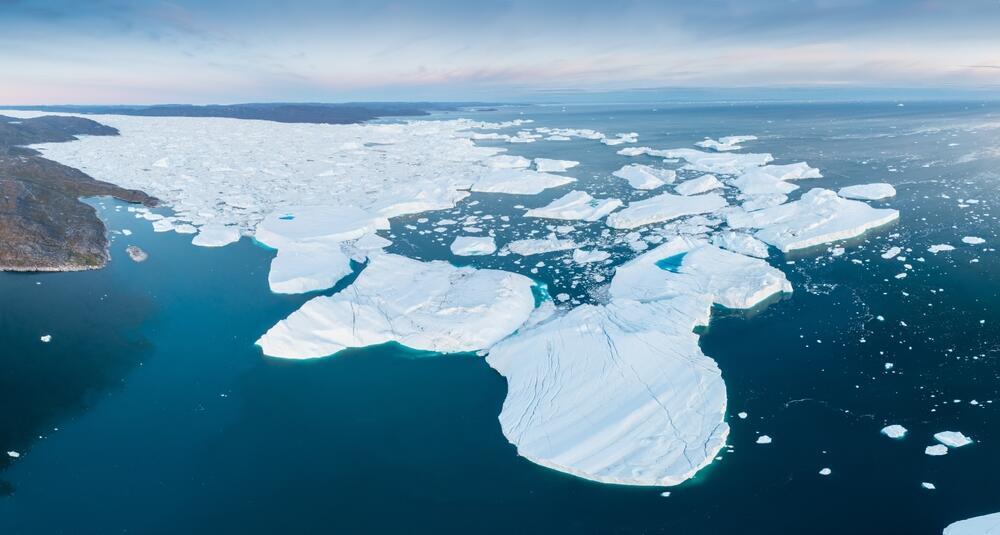Thunderstorms are exacerbating the retreat of ice sheets in the Arctic, a process already accelerated by global warming, a new study published in the Atmospheric Research journal suggests
"The Arctic region is defined as the area north of the 66.5° latitude. At the heart of this region, around the North Pole, there is no land, and due to the extreme cold conditions, the sea is covered with a thick layer of sea ice, which currently spans about 8 million square kilometers," says research co-author Prof. Colin Price of Tel Aviv University's Department of Geophysics.
"The white ice reflects the sun's rays, contributing to the cooling of the Earth. However, in recent decades, with the warming of the Earth, the ice cover has retreated at a rate of about 70,000 square kilometers per year, or 6.5% per decade."
Temperatures in this region have risen by about 4℃ (7.2℉) recently, compared to the global average of 1.4℃ (2.5℉). Prof Price says, "The retreat of the ice accelerates warming as the growing areas of dark sea surface absorb more sunlight. This creates a feedback loop where warming intensifies ice melt, which further enhances warming."
Researchers suggest that the primary cause of polar ice melt is human-induced increases in atmospheric greenhouse gases, which trap heat in Earth's atmosphere. However, the steady annual rise in greenhouse gases does not consistently align with the variable rates of ice melt each year. This study examines the potential impact of thunderstorms on the accelerated melting of Arctic sea ice.
Thunderstorms throughout Israel
(Video: Bar Toledano, Oren Reiss)
Thunderstorms were once rare in the Arctic due to the severe cold. But now, with the region warming, thunderstorms are becoming increasingly common during the summer month, a time when the sun remains continuously above the horizon, warming the ground. Thunderstorms arise when heated surfaces cause air to form rising "bubbles" that cool at higher altitudes, condensing into storm-producing clouds.
To evaluate their theory that thunderstorms play a role in the reduction of Arctic sea ice, the researchers analyzed two distinct data groups: satellite imagery from NASA that has tracked the diminishing sea ice in the Arctic for more than four decades, and lightning storm data gathered by the global WWLLN network, which consists of approximately 70 lightning detection stations located at research facilities worldwide, including atop the Faculty of Exact Sciences at Tel Aviv University.
Prof. Price explained, "Lightning is the result of a massive electric field that discharges suddenly, emitting radio waves that can be detected thousands of kilometers away. The global network's sensors capture and map thunderstorms everywhere on the globe, in real time and continuously. The cross-referencing of information from the various stations allows for precise determination of the location and time of each lightning strike, thus creating a global map of lightning over time. For this study, we collected data on lightning in the Arctic region during the months of June, July, and August each year since 2010."
The statistical examination comparing the rate of ice melt to the frequency of lightning storms demonstrated a clear link: More storms in a year coincided with increased ice melting during that same period. The researchers propose that thunderstorms function similarly to a large vacuum, drawing water vapor off the surface into the upper atmosphere, where it gathers and forms a heat-trapping layer, similar to the effect of greenhouse gases. Additionally, prior studies have shown that thunderstorms may promote the creation of high-altitude cirrus clouds, which similarly serve to insulate and warm the atmosphere.
Prof. Price summarized: "In our study, we found a significant statistical correlation between the number of thunderstorms in the Arctic region in a given year and the rate of sea ice melt that year. This implies that the storms are an additional factor that enhances the melting of the ice, creating a feedback loop: the melting of the ice increases the area of the sea that absorbs sunlight and enhances warming, which in turn increases the number of thunderstorms, and so on.
"As a result, and due to the overall warming of the Earth, we expect that the frequency of thunderstorms in the Arctic region will increase in the coming years, and with it, the retreat of the sea ice cover in the Arctic Ocean will also accelerate."





